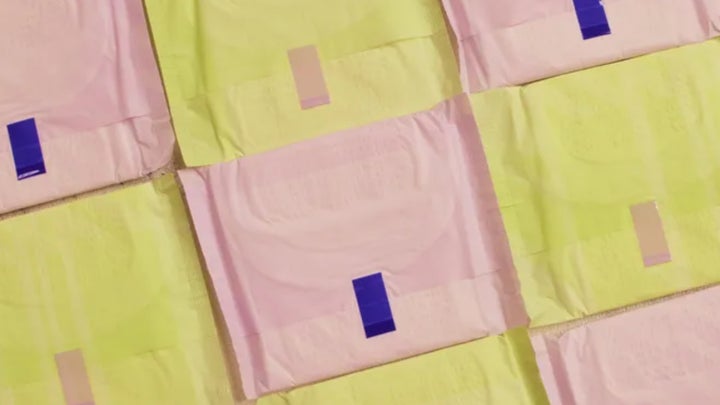
Now that kids have smartphones, I can’t help but wonder what they read on the loo ― when I was young (what an ageing phrase), we’d scan the back of bathroom products.
Perhaps it’s why everyone my age was so terrified of toxic shock syndrome (TSS) in our teens, a life-threatening condition we learned from tampon boxes that could occur if we left the cotton products in for too long.
But, to my horror, I recently learned that the condition (which affects about 1 in every 100,000 people) can take place even if you’re using pads.
What?!
The story most of us grew up learning is: if you leave a tampon in for too long, something terrible will happen to your, uh, blood? and you’ll end up in the ER.
But that less-than-detailed spiel doesn’t clarify the cause of toxic shock syndrome, which is a toxin produced by a strain of bacteria called staphylococcus aureus or, more rarely, streptococcus pyogenes.
One in three people have these bacteria in their vagina, groin, armpit, nose, or skin, the Government of South Australia’s health site explains.
But while those who use tampons face more of a risk of developing toxic shock syndrome than those who use pads, “there is no evidence that tampons directly cause TSS – the bacteria Staphylococcus aureus are the cause of the illness – not the tampon.”
“This explains why women using pads, men and children can get TSS,” the Government of South Australia adds.
The NHS points out it can be caused by menstrual cup use and infected wounds too.
What are the symptoms of toxic shock syndrome?
The NHS calls TSS a “rare but life-threatening condition.”
They say its often rapid-onset symptoms include a high temperature, muscle aches, a raised skin rash that feels like sandpaper, and flu-like symptoms.
Adults should call 999 or go to A&E if they’re acting confused, have slurred speech, have blue, grey, pale or blotchy skin, lips or tongue (this may be easier to see on the palms of your hands or the soles of your feet if you’ve got black or brown skin), have a rash that doesn’t go away when you roll a glass over it, have large areas of peeling skin, and/or are struggling to breathe.
Call NHS 111 if you suspect TSS and are experiencing:
- High temperature
- Shivering with muscle aches
- Vomiting and diarrhoea
- Severe pain in arms, legs, or body
- Rough, sandpaper-like rash (red, harder to see on brown or black skin)
- Bright red palms, soles, tongue, and eyes
- Swollen or peeling skin
- Feeling sick, dizzy, or confused.